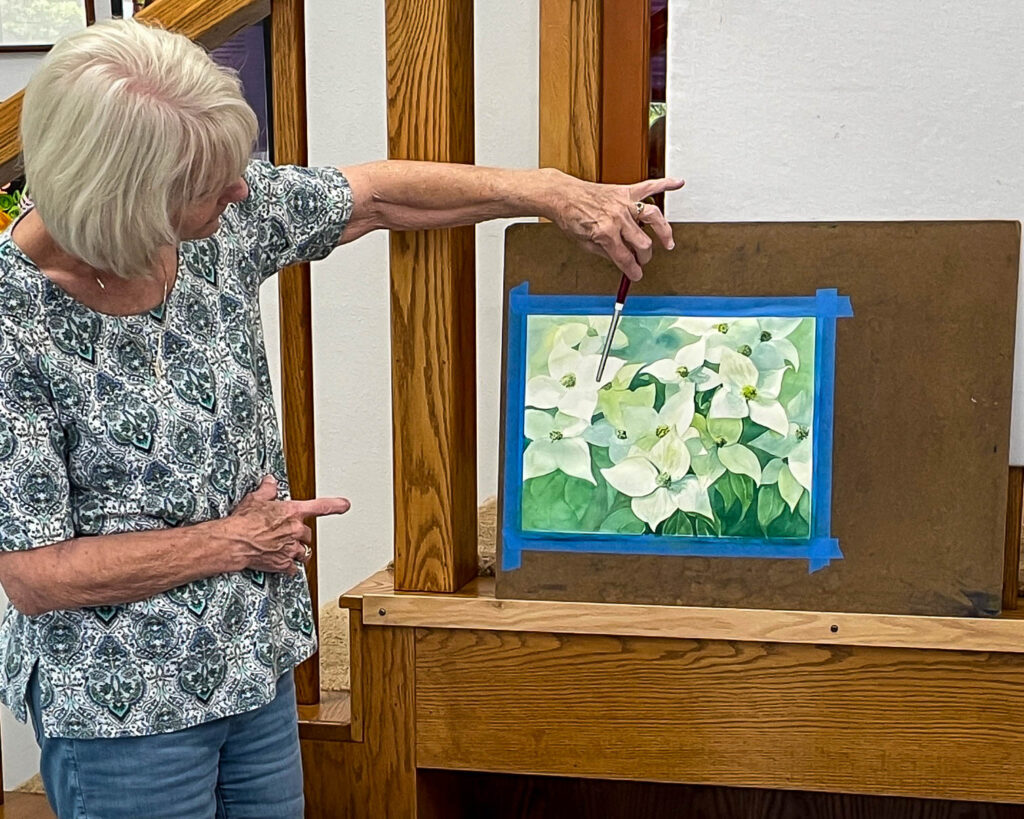Tools, tips, and strategies for enriching artistic exchange
Introduction
Watercolor art, with its luminous washes and unpredictable magic, thrives on dialogue and reflection. For artists seeking to grow and refine their craft, joining a watercolor art critique group can be transformational. Critique groups offer a supportive space to receive constructive feedback, exchange ideas, and develop a deeper understanding of technique and expression. This document explores a comprehensive array of resources, methods, and best practices to empower watercolor art critique groups to flourish.

Helpful articles
- How to Art Critique the Right Way: Give a Valuable & Meaningful Art Critique
https://level-7.artstation.com/blog/jmX4/how-to-art-critique-the-right-way-give-a-valuable-meaningful-art-critique - Art critiquing 101, Beginners guide to the art of critique. 6 easy steps to Critique
https://www.hannumfineart.com/post/art-critiquing-101-beginners-guide-to-the-art-of-critique-6-easy-steps-to-critique - Critique Guidelines for Illustrators/Visual Artists
https://www.scbwi.org/regions/cencal/critique-guidelines-for-illustrators-visual-artists - Helpful Guidelines for a Group Critique
https://www.denapaints.com/blog/138943/avoid-the-horrors-of-the-casual-group-critique
Recommended books and publications
Several texts illuminate the art of watercolor and the critique process. These can serve as foundational resources:
- The Watercolor Book by David Dewey – An in-depth guide to materials, techniques, and visual language.
- How to Critique Art: A Guide to Looking at Art by Lizzie Bean – Practical advice for giving and receiving artistic feedback.
- Mastering Watercolors: A Practical Guide by Joe Cartwright – Valuable for technical understanding and improvement.
- The Complete Guide to Watercolor: Techniques and Materials by Ray Smith – A reference for materials and methods, useful in structured critiques.
Online communities and forums
Digital platforms connect watercolorists across the globe, facilitating critique and camaraderie:
- WetCanvas: One of the largest online art communities, with dedicated watercolor critique sections.
- Reddit – r/Watercolor: A lively forum for sharing work, soliciting feedback, and discussing process.
- Facebook groups: Search for “Watercolor Critique,” “Watercolor Artists Worldwide,” and similar groups for regular sharing and discussion.
Workshops and structured courses
Professional instructors and organizations offer courses that include group critique as a core component:
- Local art schools and community colleges: Many offer watercolor classes with group critique built in.
- Online platforms: Websites like Skillshare, Udemy, Terracotta, and Domestika offer courses with peer review and feedback forums.
- Professional watercolor societies: Groups like the Northwest Watercolor Society, American Watercolor Society and Royal Watercolour Society host events, workshops, and critique sessions.
Useful digital tools for virtual critiques
When meeting online, technology can enhance discussion and analysis:
- Google Slides or PowerPoint: Create shared presentations of group members’ works for collective viewing and annotation.
- Zoom and Screen Sharing: Allows detailed real-time feedback and visual pointing.
- Padlet: A collaborative online “wall” for posting images, comments, and structured critiques.
- Image annotation apps: Tools such as Skitch or Miro let users draw or mark directly onto images, highlighting areas of interest or improvement.
- Respectful language: Frame observations as personal reactions, not universal judgments.
- Balanced feedback: Recognize strengths as well as areas for growth.
- Active listening: Allow artists to respond and clarify before providing feedback.
- Openness to diversity: Appreciate differing styles, subjects, and cultural influences.
Additional resources and inspiration
- Youtube Channels: Artists such as Jean Haines, Steve Mitchell (The Mind of Watercolor), and Birgit O’Connor share technique breakdowns and critique sessions.
- Podcasts: “The Artful Painter,” “Art Juice,” and “Learn to Paint Podcast” often feature discussions on critique and artistic growth.
- Art Magazines: Watercolor Artist Magazine and The Artist’s Magazine regularly publish articles on critique, technique, and exhibition reviews.
- Watercolor Societies: Regional and national societies frequently organize critique events, exhibitions, and peer review opportunities.
Conclusion
Watercolor art critique groups are havens for creative risk, honest reflection, and mutual encouragement. By curating a thoughtful blend of structure, empathy, and resourcefulness, artists and facilitators can nurture an environment where everyone grows. Whether through literature, online communities, or structured workshops, the resources above provide a solid groundwork for vibrant, engaging critique sessions. Embrace the diversity of perspectives and let your brush—and your voice—be strengthened through shared exploration.
